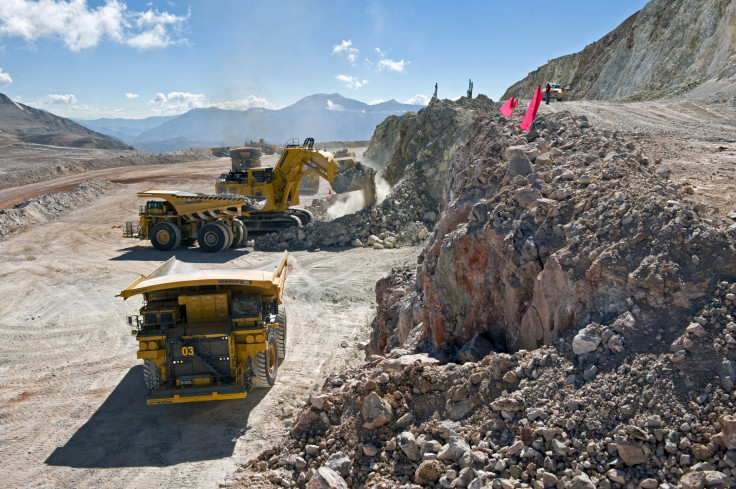Barrick Gold (ABX) Acknowledges That It Probably Wouldn’t Have Greenlighted Pascua Lama Mine, If Cost Overruns Were Known At Start

Barrick Gold Corp. (TSE:ABX) CEO Jamie Sokalsky told an audience at the Denver Gold Forum on Tuesday that his company, the world’s largest gold producer, probably wouldn’t have approved its struggling Pascua Lama mine in Chile if it had known in advance about the cost and regulatory hurdles it would face.
“There aren’t many projects of this size out there,” said Sokalsky at the forum. “The current economics of this project aren’t as robust as it would need to be to greenlight a new project.”
But he added that Barrick is already halfway through the development, which plays into the decision to plow ahead with the mine, which has been held up by environmental permitting problems.
Pascua Lama cost Barrick $5.1 billion in impairment charges in their latest quarter, which contributed to a net loss of $8.56 billion.
“While the slowdown has created higher direct and indirect costs because we’ve stretched it an additional 18 months, we’re working on ways to mitigate those costs,” Sokalsky told investors.
Sokalsky said the mine could produce gold by mid-2016, with an expected annual output of 800,000 to 850,000 ounces.
He also urged gold mining companies to take a long view of the precious metal, beyond the volatile and discouraging year for gold in 2013.
“I don’t think we can see five or six months of price weakness as the key determining factor … and have that as the main decision parameter for a mine with a 25-year mine life,” he said, referring to the decision to forge ahead with Pascua Lama.
Pascua Lama isn’t the only thing on Sokalsky’s mind. He also told investors that Barrick’s scheduled debt repayments of $3 billion over the next five years weren’t a major problem, though analysts have previously cited the company’s outsized debt as a concern.
Earlier at the Denver Gold Forum, Barrick’s subsidiary African Barrick Gold PLC (LON:ABG) also signaled that it could separate from its Barrick Gold parent within the year, reported the Wall Street Journal.
"It will be a staged, well-managed investment strategy that will hopefully occur in the next 12 to 18 months," African Barrick’s new CEO, Bradley Gordon, said in his first public appearance. Barrick Gold wants to exit African Barrick, but not at current share prices, he told the Journal.
African Barrick operates in Tanzania and Kenya. As the world’s largest gold producer, Barrick produced 7.4 million ounces of gold in 2012, and owns the most gold reserves in the world at 140 million ounces. It owns more than 20 mines.
© Copyright IBTimes 2024. All rights reserved.






















